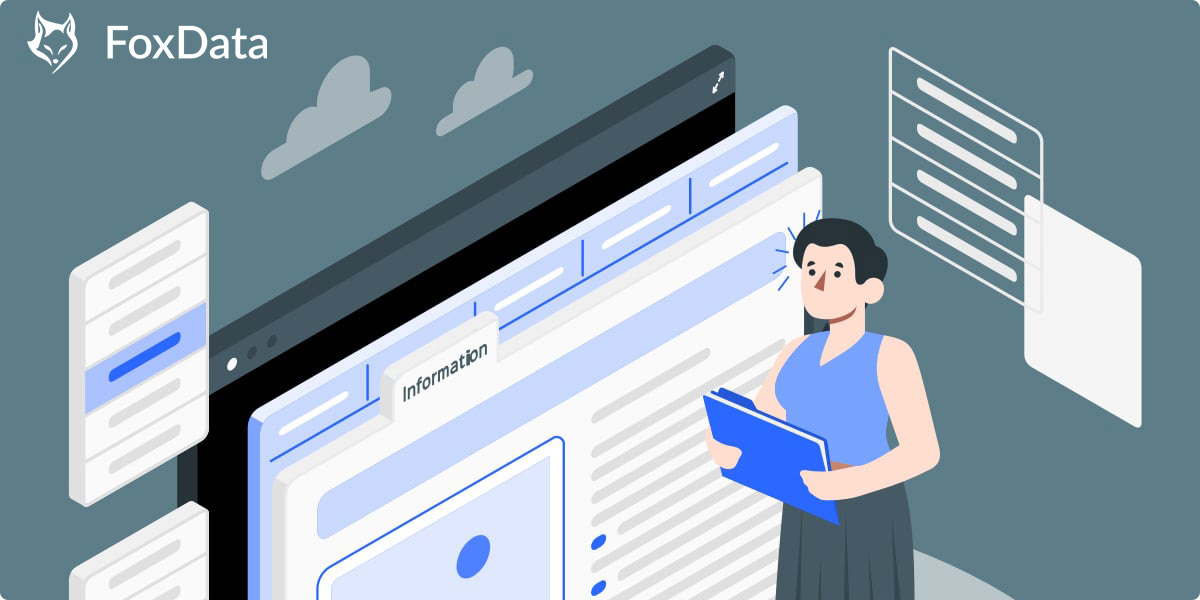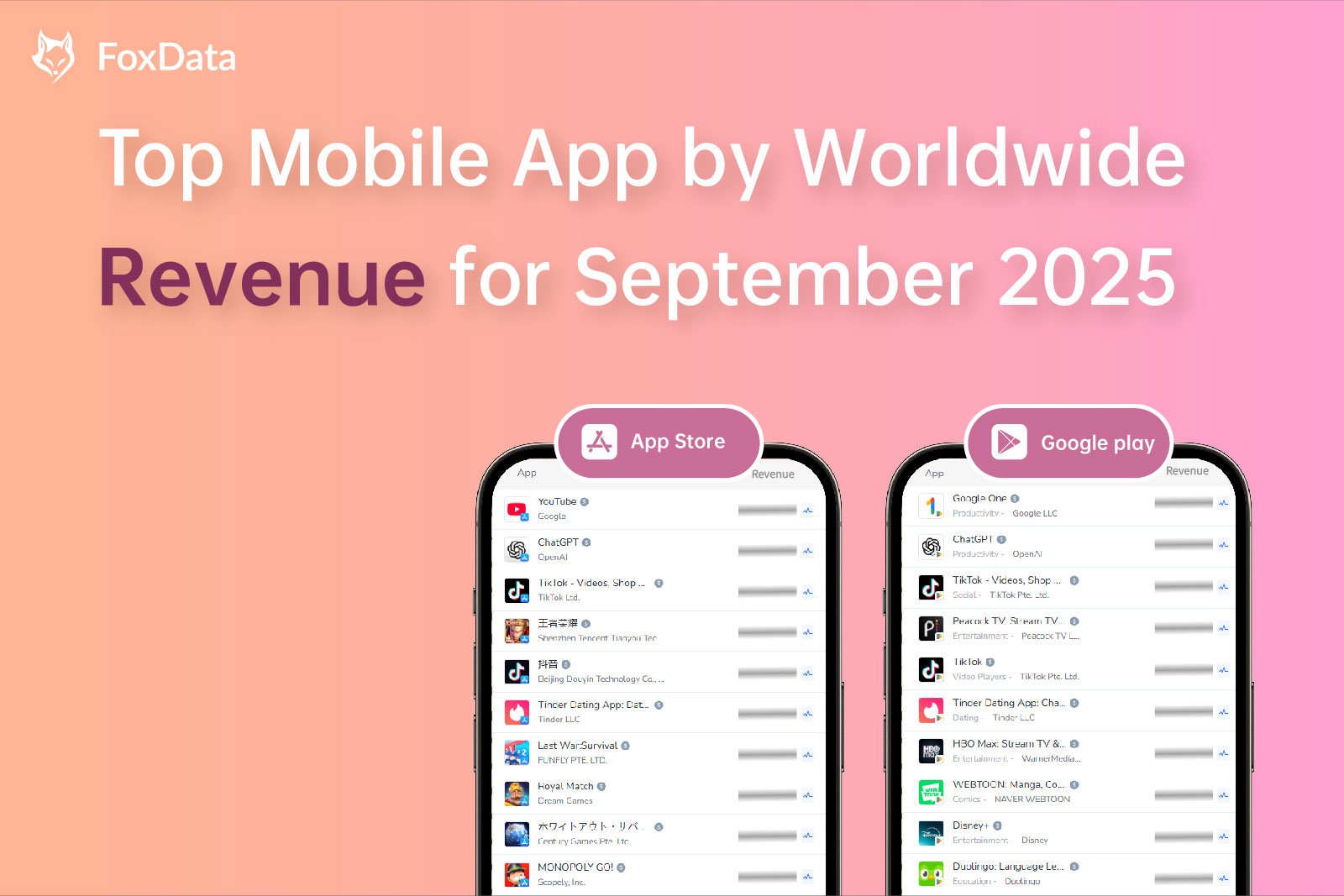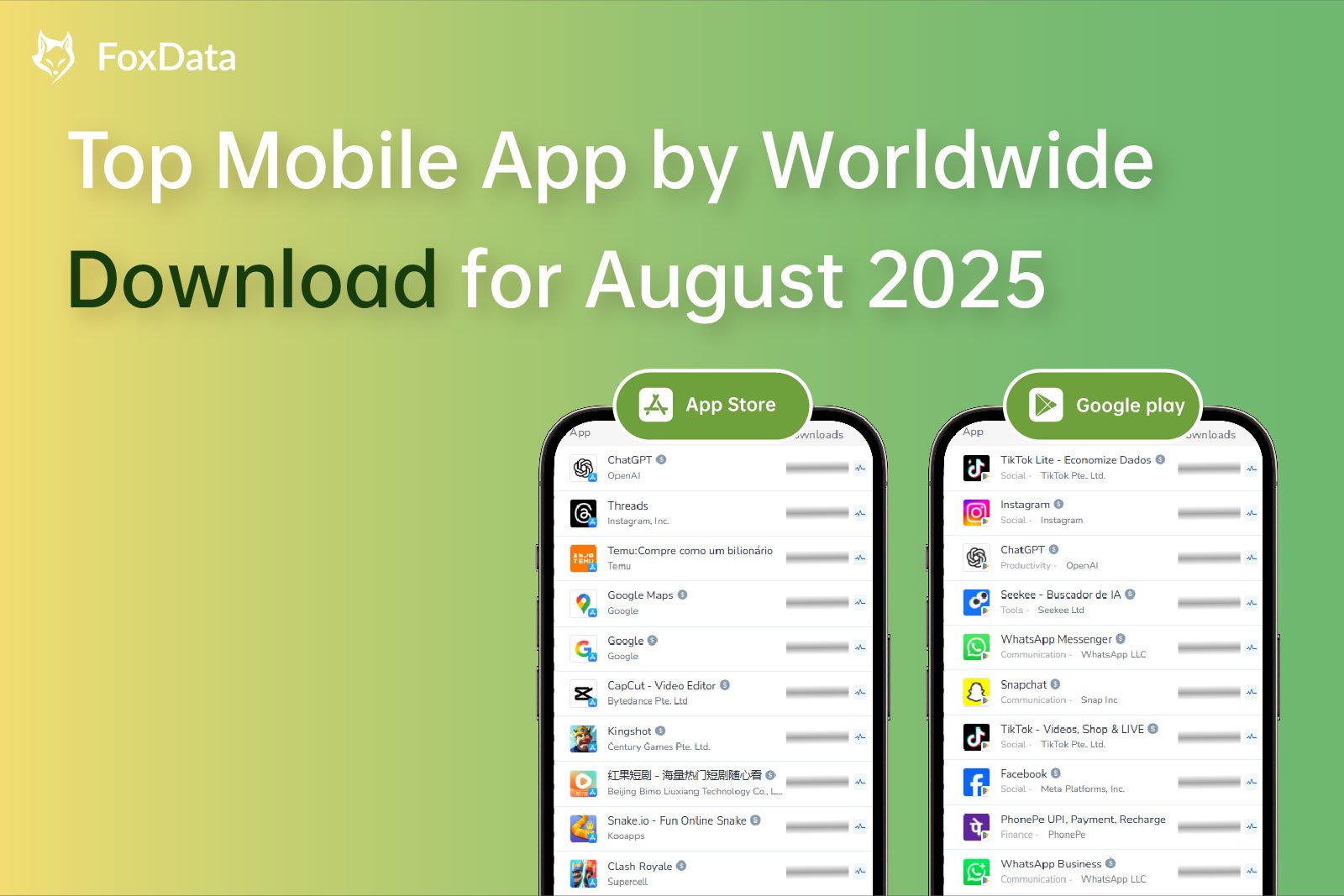Narrowing Privacy Environment: Challenges and Solutions For Social Audience Targeting In App Marketing

New restrictions on consumer privacy have dramatically changed the landscape for digital marketers over the past five years. With the arrival of the Era of Privacy, all marketers must adapt to changes in consumer data tracking. Apple's AppTrackingTransparency, introduced last year, has had the biggest impact so far, altering how social practitioners can target and evaluate audiences for their campaigns.
One of the most significant setbacks for social marketers was the loss of the iOS signal, which significantly reduced their ability to target, personalize, evaluate, and optimize their campaign activity on Apple devices. And the challenges won't end there. Google also plans to restrict third-party cookies on Chrome and take a similar course to Apple on Android devices. These changes will render many cutting-edge strategies obsolete.
Social media giant's reaction and targeting recommendations
Unquestionably, the advertising publisher most affected by Apple's change is Meta (formerly known as Facebook). In a help center article, Meta explained the shift for advertisers and offered recommendations for the future of Facebook advertising in this new Era of Privacy.
Meta's advice for marketers includes using broad audiences for inclusion and employing targeting expansion. These strategies aim to provide Facebook with more targeting options in the absence of the iOS signal that powered retargeting audiences.
Broad social audience targeting
Social media marketers are shifting their focus from targeting small audiences to utilizing Facebook's delivery system to discover the most appropriate audiences for their ads. Broad targeting, which was previously a support tactic, is now becoming the primary option for reaching new or less-targetable audiences.
According to Facebook, broad targeting is becoming more effective, and the company is actively working on improving it in response to Apple's changes.
Targeting expansion
Targeting expansion is an ongoing development for all campaigns on Facebook. By allowing the system to reach a broader group of people than defined in detailed targeting selections, marketers can improve their campaign performance. Facebook's ad delivery system uses demographics, interests, and behaviors as a guide, while also dynamically assessing performance and expanding the audience if better performance opportunities are found.

New social audience targeting trends in the era of privacy
Since Apple's introduction of AppTrackingTransparency, marketers have been experimenting with different strategies to adapt to social advertising targeting in the era of privacy.
Retargeting is still viable, just different
Although retargeting pools have shrunk, retargeting as a practice is still relevant for social advertisers. However, they now utilize retargeting in slightly different ways than before.
Website Custom Audiences (WCA) are limited, but not gone
-
Still some iOS data: Despite the majority of iOS users opting out of third-party tracking, some larger websites and applications can still support WCA retargeting ads with their remaining iOS visibility. Smaller businesses with limited first-party data may struggle in this area.
-
Non-iOS data is still viable: Around 55.5% of US mobile browser traffic comes from iPhones, leaving approximately 40% of Android traffic and other mobile operating systems still active. International brands can still run effective retargeting campaigns targeting non-iOS users. Google has also announced future privacy enhancements for Android that may be more advertiser-friendly.
More reliance on other types of retargeting
-
Customer List Audiences (CRM Audiences): Marketers can upload lists of offline client identifiers, such as phone numbers and email addresses, to retarget users on social platforms. Match rates can vary from 50% to 80%, allowing companies with large customer bases to create highly targetable audiences.
-
Engagement Custom Audiences: Retargeting based on user interactions with social media content, such as profile engagements, video views, completed lead forms, event participation, and ad engagements.
-
Social Shopping Custom Audiences: Creating audiences based on interactions with social commerce, such as visiting the homepage, viewing product details, adding items to the cart, and making purchases.

Marketers have increased spending on third-party social audience targeting
As Website Custom Audiences become more challenging, some marketers are increasing their spending on third-party social audience targeting. Third-party data providers can create retargeting pools using anonymous user tracking for websites and apps, allowing advertisers to reach users who haven't interacted with their brand before. Third-party audience targeting also provides opportunities to reach niche demographics and reduce wasteful spending.
Conclusion
In the era of privacy, marketers are facing significant challenges in social audience targeting. However, by embracing alternative strategies like broad targeting, targeting expansion, and exploring other types of retargeting, advertisers can still reach their target audiences effectively. Partnering with a professional big data-driven service like FoxData can further support marketers in navigating these challenges and growing their advertising success.
Now just join FoxData and embark on a journey of business growth as we unveil a FREE App Data Analytics Tool, which boosts your downloads, increases your user base, and watches your performance soar to new heights!







